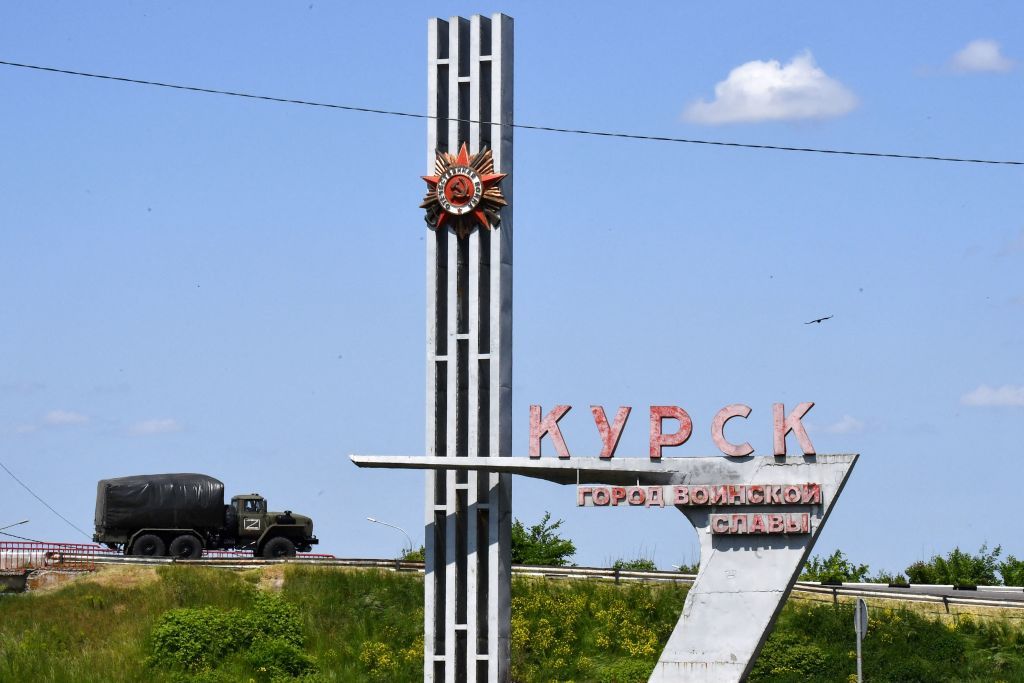The city of Kursk in Russia experienced a fire on April 2, with reports of four drones being shot down over the city and surrounding areas. The attack caused damage to residential buildings, but there were no casualties reported. Kursk lies close to the border with Ukraine, and Russia has accused Ukraine of carrying out drone attacks on its territory. The Insider reported that there have been multiple drone strikes against oil refineries in Russia in 2024, with Ukraine allegedly targeting a manufacturing facility for attack drones in Tatarstan. The use of drones in the conflict between Russia and Ukraine has become a significant tactic, with both sides deploying them for military purposes.
Ukraine has been using drones to target Russian oil refineries as part of its strategy to weaken Moscow’s capabilities during the ongoing conflict. By striking these critical infrastructure sites, Ukraine aims to disrupt Russia’s oil production and transportation, hampering its military operations. The use of drones in this way represents a new dimension in modern warfare, where unmanned aerial vehicles are utilized for precision strikes and reconnaissance. The attacks on Russian oil facilities highlight Ukraine’s efforts to push back against Russian aggression and protect its territorial integrity.
The use of Iranian-designed Shahed-type kamikaze drones by Russia’s military has caused civilian casualties in Ukrainian cities and critical infrastructure. These drones have been employed to carry out attacks during the full-scale invasion by Russian forces, leading to deaths and injuries among civilians. In response, Ukraine has targeted industrial facilities in Russia, aiming to disrupt Moscow’s military capabilities and weaken its infrastructure. The escalation of drone attacks reflects the ongoing conflict between the two nations and the high stakes involved in their military actions.
The strategic use of drones in the conflict between Russia and Ukraine showcases the importance of technological warfare in modern conflicts. Both sides are utilizing unmanned aerial vehicles to carry out precision strikes and reconnaissance missions, highlighting the evolving nature of warfare in the 21st century. The use of drones allows for targeted attacks on critical infrastructure and military targets, without putting troops at risk. This shift towards unmanned warfare signifies the changing tactics and strategies employed by nations in armed conflicts, as they seek to gain an advantage over their adversaries.
The conflict between Russia and Ukraine has led to a significant increase in drone attacks, with both sides using these unmanned aerial vehicles to carry out military operations. The targeting of oil refineries and industrial facilities demonstrates the impact of drone strikes on critical infrastructure, as nations seek to weaken their opponents and gain a strategic advantage. The use of drones in this conflict has resulted in civilian casualties and damage to infrastructure, highlighting the devastating consequences of modern warfare. As the conflict continues, the role of drones in military operations is likely to become even more prominent, shaping the outcome of the ongoing conflict between Russia and Ukraine.


